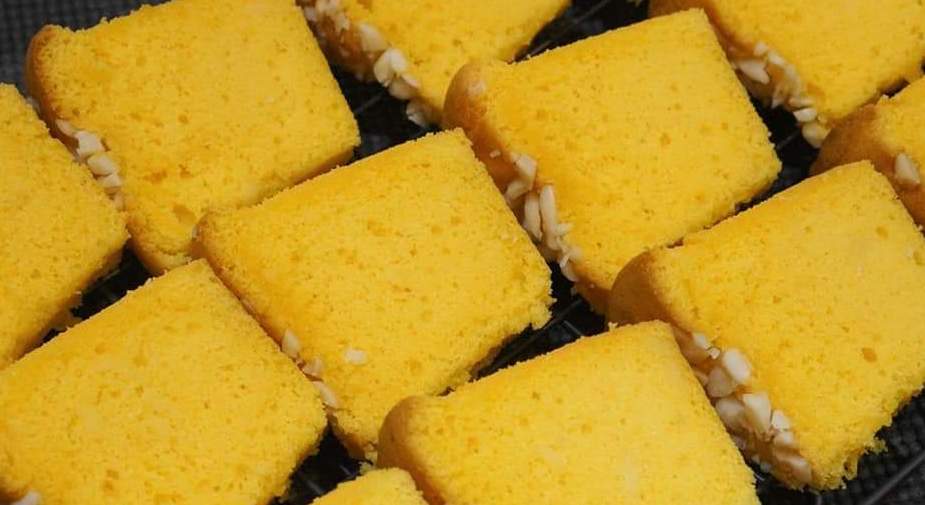On my journey as a home baker, I have learned how to cream butter and sugar correctly the hard way. I’ve understood that the secret to delicious, fluffy cakes and cookies often lies in a simple yet crucial step: creaming butter and sugar.

This technique, while seemingly straightforward, can dramatically impact the texture and flavor of your baked goods.
In this article, I’ll share my personal experiences and tips on how to master this essential baking skill.
Understanding Creaming
What Creaming Really Means
When I first started baking, I was puzzled by the term ‘creaming’. Simply put, it’s the process of beating butter with sugar until it’s light, fluffy, and pale in color. This step is vital in creating the structure for many baked treats.
The Science Behind Creaming
The magic of creaming lies in its science. As I beat the butter and sugar together, the sugar granules aerate the butter, creating tiny air pockets. These pockets get filled with gases during baking, making the final product rise and giving it a tender crumb.
Preparing to Cream Butter and Sugar
Choosing the Right Ingredients
I’ve experimented with different types and brands of butter and sugars. Unsalted butter is my go-to for control over the salt content, and I prefer caster sugar for its fine granules that cream smoothly.
Tools and Equipment
A good mixer, either stand or hand-held, is crucial. I’ve found that a stand mixer works best for consistent creaming, but a hand mixer is more than sufficient for smaller batches.
I have experimented with paddle attachment and whisk attachment. Each created a different result. I love the result from balloon whisk much better than the paddle. The batter is creamier.
The Creaming Process
Step-by-Step Guide
Through trial and error, I’ve perfected my creaming method:
- Start with room-temperature butter.
- Gradually add sugar and beat at a medium speed until the mixture is fluffy.
- Scrape the sides of the bowl occasionally for even mixing.
Time the Process
For a beginner, it is very normal to think that beating the butter and sugar in just one minute is alright. But I have gone through this mistake and the result is a dense cake.
Set a timer to 3 minutes. This is the perfect time to cream the butter and sugar to a perfect texture and consistency.

Temperature Matters
The temperature of the butter is critical. Many recipes stated that the butter has to be in room temperature. It means the butter should be soft but not melty. If your kitchen is warm, you might need to chill the butter briefly before starting.
The good sign I use is using a spatula. If you press the spatula to the butter and it leaves a dent but not too soft, then it is alright to start.
Troubleshooting Common Issues
If the mixture looks curdled, it’s often too cold. A quick fix is to warm the bowl slightly. On the other hand, if it’s greasy, it’s been over-creamed or too warm.
Creaming in Different Recipes
Cookies
Creaming for cookies is a balancing act. For chewier cookies, I cream just until the mixture is combined and light. For more cake-like cookies, longer creaming is key.
Cakes and Cupcakes
For cakes, I ensure the mixture is very fluffy and almost white. This ensures a light, airy cake.

Pastries and Other Desserts
In pastries, the creaming process varies. For pie crusts, I avoid creaming; for sweet pastry crusts, a light creaming gives a tender texture.
Advanced Tips and Tricks
Flavor Enhancements
I love adding flavor to the creaming stage. A dash of vanilla extract or citrus zest can make a world of difference.
Texture Optimization
Experimenting with sugar types and proportions has led me to discover various textures. Brown sugar gives a denser, moister outcome compared to white sugar.
FAQ Section
Q: Can I cream butter and sugar by hand?
A: Yes, though it requires more effort and time. You can use a good whisk.
Q: Does the type of sugar matter?
A: Absolutely. Finer sugars cream better and offer a finer texture.
Q: How long should I cream for?
A: Until the mixture is light and fluffy, typically 3-5 minutes.
Conclusion
Now that you know how to cream butter and sugar correctly, you can experiment using the techniques mentioned above.
Mastering the art of creaming butter and sugar has been a game-changer in my baking journey. It’s a simple step that makes a significant difference in the texture and flavor of baked goods.
I encourage all bakers, new and experienced, to experiment and find their perfect creaming technique.


